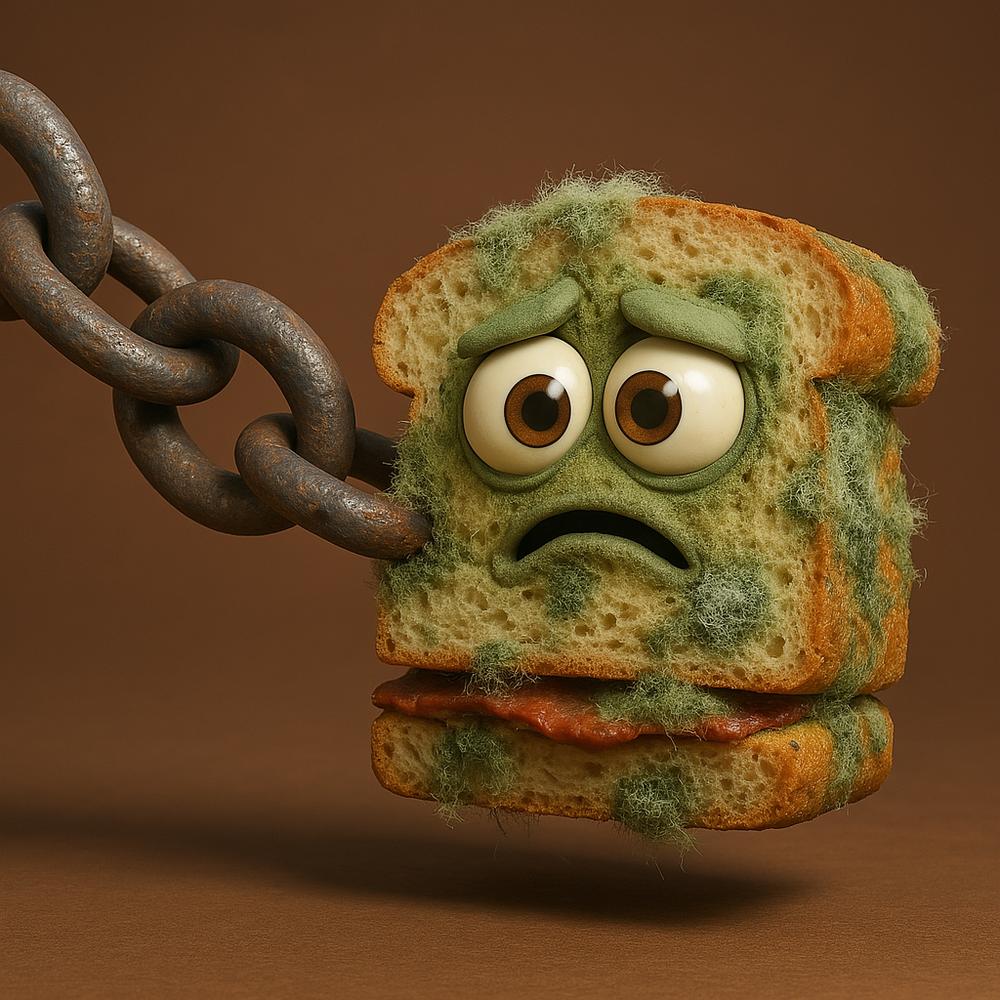
What is Link Rot?
Share
In the lively nexus of e-marketplaces, link rot emerges as a silent saboteur, gradually eroding the integrity of digital content. This phenomenon, often overlooked, can significantly impact a website's credibility and user experience.
Link rot refers to the process where hyperlinks on a website become obsolete or broken over time. This can occur due to various reasons, such as the deletion of the target page, changes in URL structures, or the relocation of content without proper redirection. As a result, users encounter error messages like "404 Not Found," leading to frustration and a diminished trust in the website.
Understanding the Causes of Link Rot
Several factors contribute to the occurrence of link rot:
- Content Removal: Web pages may be deleted or moved, rendering existing links invalid.
- Website Restructuring: Changes in a website's architecture can alter URL paths, breaking existing links.
- Domain Changes: Shifts in domain names or expiration of domains can lead to inaccessible links.
- Server Issues: Downtime or server failures can temporarily or permanently disable access to linked content.
- External Factors: Linking to external content that is later removed or altered without notice.
Impact on SEO and User Experience
Link rot doesn't just inconvenience users; it also has detrimental effects on a website's search engine optimization (SEO):
- Reduced Crawl Efficiency: Search engine bots may waste resources crawling broken links, affecting the indexing of valid pages.
- Lower Page Rankings: Search engines may penalize websites with numerous broken links, perceiving them as less reliable.
- Decreased User Engagement: Users encountering broken links may leave the site prematurely, increasing bounce rates.
- Damaged Credibility: Frequent broken links can erode user trust and tarnish the website's reputation.
Strategies to Prevent Link Rot
Proactive measures can mitigate the effects of link rot:
- Regular Audits: Periodically check for broken links using tools like Broken Link Checker or Screaming Frog.
- Implement Redirects: Use 301 redirects to guide users from outdated URLs to current content.
- Maintain Consistent URL Structures: Avoid unnecessary changes to URL paths to preserve link integrity.
- Link to Reliable Sources: When referencing external content, choose reputable and stable websites.
- Utilize Content Management Systems (CMS): Employ CMS features that automatically update internal links when content is moved or renamed.
Leveraging BlogCog to Combat Link Rot
BlogCog offers solutions to address and prevent link rot effectively:
- BlogCog Google & Bing Indexing: Ensures that your website's content is accurately indexed, maintaining visibility despite structural changes.
- BlogCog Blogging Form On Your Site: Facilitates consistent content updates, reducing the likelihood of outdated links.
- BlogCog Auto-Pilot Blog Creator: Automates content creation and management, ensuring that links remain current and functional.
By integrating these tools, businesses can maintain the integrity of their websites, enhance user experience, and uphold their online credibility.
Conclusion
Link rot is an inevitable challenge in the digital landscape, but with vigilant maintenance and the right tools, its impact can be minimized. Regular audits, strategic content management, and leveraging services like BlogCog can preserve the health and reliability of your website, ensuring a seamless experience for users and sustained trust in your digital presence.
Related Posts:
